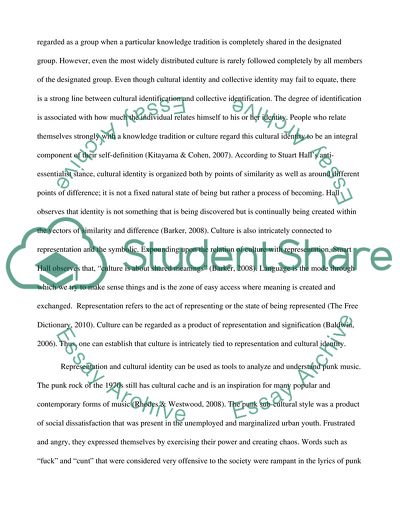Cite this document
(“How the Concepts of Cultural Identity and Representation Essay”, n.d.)
How the Concepts of Cultural Identity and Representation Essay. Retrieved from https://studentshare.org/music/1569154-how-the-concepts-of-cultural-identity-and-representation-help-us-analyze-and-understand-punk-music
How the Concepts of Cultural Identity and Representation Essay. Retrieved from https://studentshare.org/music/1569154-how-the-concepts-of-cultural-identity-and-representation-help-us-analyze-and-understand-punk-music
(How the Concepts of Cultural Identity and Representation Essay)
How the Concepts of Cultural Identity and Representation Essay. https://studentshare.org/music/1569154-how-the-concepts-of-cultural-identity-and-representation-help-us-analyze-and-understand-punk-music.
How the Concepts of Cultural Identity and Representation Essay. https://studentshare.org/music/1569154-how-the-concepts-of-cultural-identity-and-representation-help-us-analyze-and-understand-punk-music.
“How the Concepts of Cultural Identity and Representation Essay”, n.d. https://studentshare.org/music/1569154-how-the-concepts-of-cultural-identity-and-representation-help-us-analyze-and-understand-punk-music.


